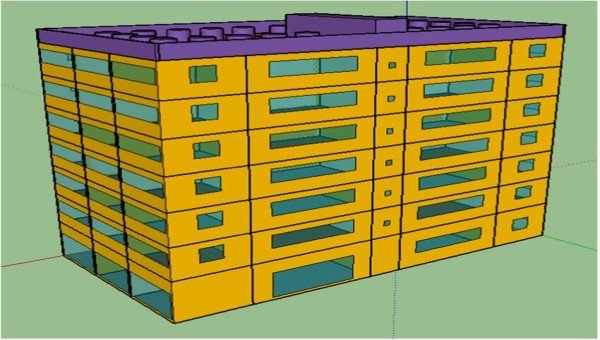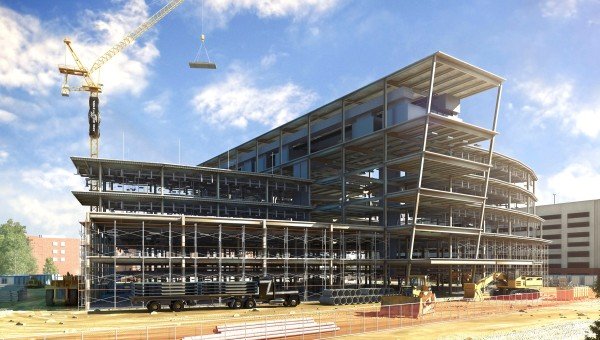BIM Modelling
The full form of BIM is “Building Information Modeling.”
BIM Modeling: Transforming Visions into Reality
Welcome to our BIM Modeling Services! Here’s a breakdown of what BIM is, its significance, and how it can revolutionize your projects:
1. What is BIM?
BIM, or Building Information Modeling, is a sophisticated digital representation of the physical and functional characteristics of a building or infrastructure. It goes beyond 3D modeling, incorporating valuable information throughout the project lifecycle.
2. Three-Dimensional Visualization
– Beyond Aesthetics:
BIM offers a comprehensive 3D model that extends beyond visual appeal. It includes data about materials, spatial relationships, and functional attributes.

5. Project Lifecycle Management
-From Concept to Operation:
BIM is not limited to design and construction; it spans the entire lifecycle of a project. This facilitates better asset management, maintenance, and even future renovations.
6. Cost and Time Efficiency
– Minimizing Rework:
BIM allows for meticulous planning, minimizing errors during construction. This translates into cost savings and efficient project delivery.


3. Data-Driven Decisions
– Real-time Information:
BIM provides a centralized platform for stakeholders to access real-time data. This aids in informed decision-making, from design to construction and maintenance.
4. Collaboration and Coordination
– Enhanced Team Collaboration:
BIM fosters collaboration among architects, engineers, contractors, and other stakeholders. This ensures everyone is on the same page, reducing errors and rework.

7. Sustainability and Environmental Impact
– Green Design:
BIM enables the integration of sustainable design principles. It helps in evaluating the environmental impact of different design options, promoting eco-friendly choices.
8. Clash Detection
– Proactive Issue Resolution:
BIM’s clash detection capabilities identify conflicts in design early on, preventing costly issues during construction.
9. Regulatory Compliance
– Ensuring Compliance:
BIM assists in ensuring that your project adheres to regulatory requirements, streamlining the approval process.
10. Future-Proofing Designs
– Scalability:
BIM models can adapt to future changes or expansions, making your designs resilient and future-proof.
In a nutshell, BIM Modeling is not just a tool; it’s a transformative approach to construction and design. It enhances collaboration, reduces risks, and ensures that your vision is not only realized but optimized throughout the project’s lifecycle. Ready to embark on a BIM-powered journey? Contact us today to explore the endless possibilities!
